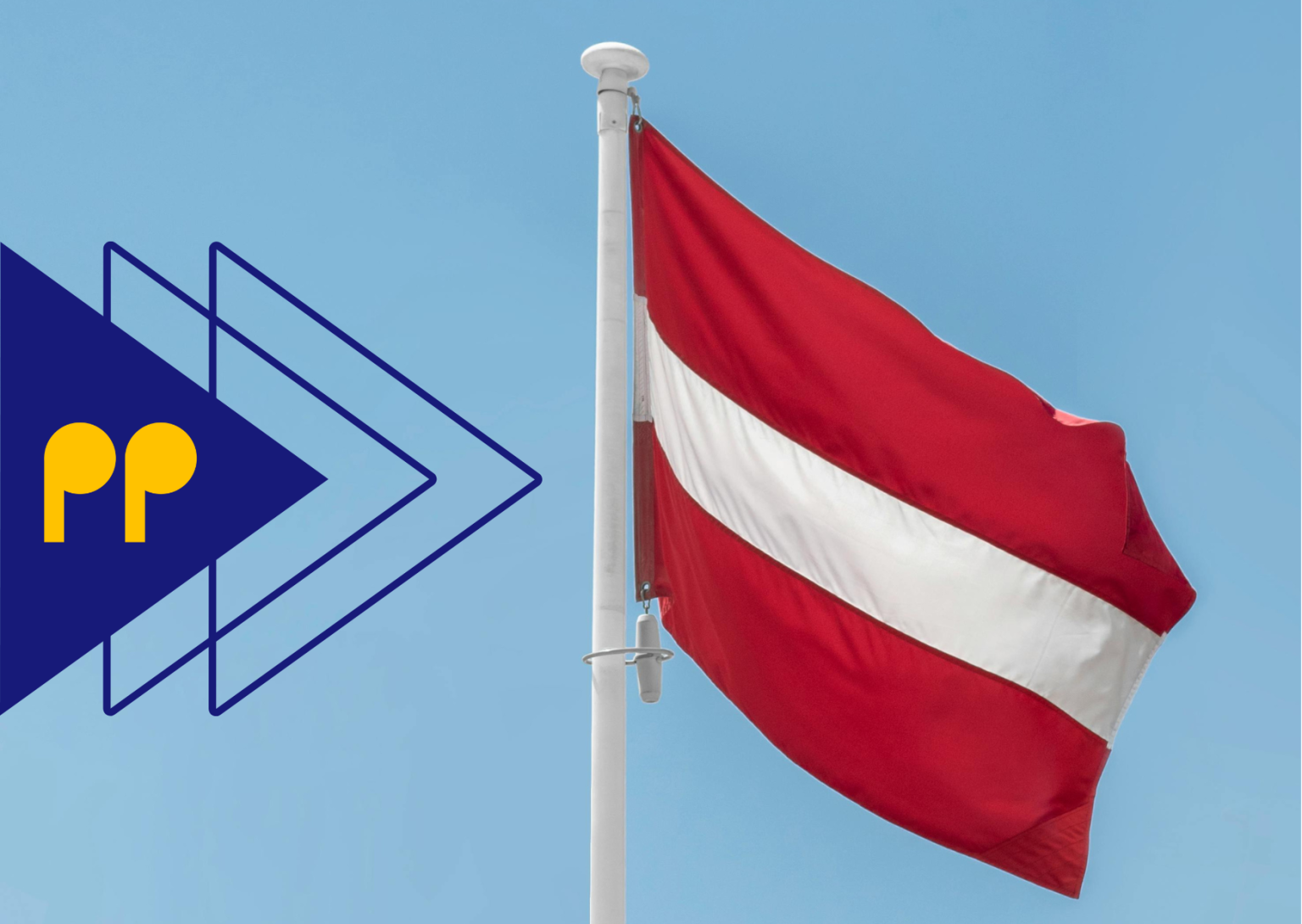June 9th, the date when Austrians will head to the polls to vote in the European Parliament (EP) election, is fast approaching. What can we expect from the Austrian electorate? Similar to many countries across the EU, success for the far-right. In a country that will return to the polls in national legislative elections later this year, the EP election results will likely offer a preview—indeed, a warning—of what is to come.
Currently, seven parties are polling at or above the four percent threshold needed to enter the Austrian parliament. However, polling indicates that only five of those seven are likely to enter the European Parliament. We breakdown the dynamics of these parties and what that means for the fast-approaching EP elections.
Austria’s political and social dynamics since 2019
Austria has experienced significant transformations since the 2019 EP elections, influencing its current approach to European and internal politics. These changes can be understood in three critical areas: the rise of far-right politics, ongoing corruption scandals, and economic challenges driven by external factors.
The ascendancy of the far-right
Since the last EP elections, Austria has witnessed a substantial rise in far-right politics, marked by the increasing popularity of the Freedom Party (FPÖ). This shift reflects broader European trends but is particularly pronounced in Austria due to specific national issues. The FPÖ’s surge can be attributed to a combination of economic dissatisfaction, strict stances on immigration, and a reactionary response to social changes. Notably, the party’s rhetoric around maintaining an ‘ethnically Austrian’ country and opposing same-sex marriage due to demographic concerns highlights its appeal to conservative and nationalist segments of the population.
Political instability from corruption scandals
A series of corruption scandals has severely impacted the traditional ruling party, the Austrian People’s Party (ÖVP). The resignation of Chancellor Sebastian Kurz in 2021, followed by leadership instability, has eroded public trust in the party. These events have not only led to a decrease in the ÖVP’s poll ratings but have also caused voters to look towards alternative parties, including the Greens and even the far-right FPÖ, reshaping the political order and affecting Austria’s governance approach both domestically and in the European Parliament.
Economic challenges and public sentiment
Austria’s economy has faced significant hurdles, exacerbated by the global repercussions of Russia’s invasion of Ukraine, which have led to increased gas prices and inflation rates surpassing the Eurozone average. Inflation peaked at 11.2 percent in early 2023 and remains high. Economic growth has been sluggish, with a mere 1 percent rise in GDP expected this year, following a decline of 0.5 percent in 2023. The economic downturn has fueled public discontent, particularly influencing voter sentiment towards parties that promise stringent economic and immigration policies. This economic context is crucial as it underpins the electoral shifts towards parties that capitalise on public dissatisfaction with the current economic policies and governance.
Key political actors and their outlook
The right-wing, EPP-affiliated Austrian People’s party (ÖVP) has been strong in recent years, winning the last two national parliamentary elections, in 2017 and 2019, and leading with 34.6 percent of the vote and seven of the country‘s 18 seats in the last EP elections. . Following the 2017 legislative elections, ÖVP went into coalition with the radical-right, ID-affiliated FPÖ. That partnership fell within 18 months, leading to another election in 2019. Following this election, ÖVP went into coalition with the Greens.
Currently, ÖVP enjoys around 20 percent support in polling for the upcoming national and EP elections. Although the party won the last two elections, it was hurt by corruption scandals in recent years. Their young star Chancellor Sebastian Kurz resigned in 2021 following a corruption scandal. The ÖVP has since gone through two Chancellors—Alexander Schallenburg , succeeded by Karl Nehammer two months later following further corruption issues for the party.
The coalition government the Greens entered at the start of 2020 continues despite the corruption scandals that plagued its coalition partner, ÖVP. This is the first time the party has been in power. It came after the party received nearly 14 percent of the vote in the 2019 legislative elections. In the 2019 EP elections, the Austrian Greens finished fourth with 14.1 percent. After Brexit, Austria gained an additional seat which went to the Greens. For this year‘s election, due to demographic shifts, the country will gain one more EP seat, bringing the country‘s total share from 18 to 20.
The current outlook indicates the Greens receiving about 13 percent of the vote in the EP elections, giving the Grüne/EFA affiliated party three of Austria‘s 20 seats in the Parliament.
Centre falls, extremes right and left surge in popularity
FPÖ
Currently, the radical right, ID-affiliated Freedom Party (FPÖ) holds three seats in the EP after placing third in the last election with 17.2 percent of the vote. That is expected to change dramatically. After Austrians vote on June 9th, FPÖ will likely come out on top, securing close to 30 percent of the vote. The party is also set to gain the greatest vote share in the upcoming Austrian legislative elections, a big jump from its 2019 results, when it came in third with 16.2 percent.
Ahead of the national legislative elections later this year, FPÖ is polling at 27 percent. They have even stronger support for the EP elections, with polls indicating close to 30 percent support. The polls show that for both elections the party currently holds a comfortable lead.
KPÖ
On the other end of the political spectrum, the PEL affiliated Communist Party of Austria (KPÖ) has also experienced an increase in support in recent years. In past EP elections, KPÖ didn‘t make it past the minimum threshold to enter the European Parliament and has not had representation in Austria’s federal parliament since 1959. However, the party’s popularity has risen in recent years, having held seats in the Styrian state parliament since 2005 and recently gaining seats in the 2023 Salzburg state election. KPÖ gained close to 12 percent of the vote, a surge from the 0.4 percent the party received in the previous Salzburg state election in 2018. The party has also held the Mayorship of Graz—Austria’s second largest city—since 2021. In last year‘s Salzburg parliament election, the
As of early April, voting intention polling put the party at five percent, just enough to make it into the national parliament. In the last legislative elections, the party didn‘t receive even one percent of the vote, making their current polling numbers a massive improvement. Despite that, it looks unlikely that KPÖ will gain sufficient support to pass the minimum threshold for the European Parliament, with current polling placing them at just over two percent.
SPÖ
The centre-left, PES-affiliated SPÖ is around 22 percent in voting intention polls for both the national and EP elections. The party has a new leader, Andreas Babler, after a leadership contest last year, which culminated in the wrong winner being announced because of a miscount. The poll numbers remain the same after the change in leadership and the embarrassing leadership contest.
The SPÖ gained 23.9 percent of the vote in the 2019 EP election and 21.2 percent in the 2019 legislative election. The party had been in power until the 2017 elections, when ÖVP came out on top and Kurz ascended to the Chancellorship. For now the party’s support has seemed to stabilise.
NEOS
NEOS, the relatively small liberal party, affiliated with RE received 8.4 percent in the last EP elections. That translated to one seat, making it the smallest party Austria sent to the European parliament. NEOS is also the smallest party currently in the Austrian federal parliament, winning 15 seats, after gaining 8.1 percent of the vote in 2019. A recent poll places NEOS at 11.8% ahead of the June EP election, which means it will likely again be the smallest Austrian party in the EP.
What to expect
SPÖ, along with the Greens and NEOS, constitute the centre/centre-left bloc, whose support looks unlikely to experience any major shifts. The government is unpopular. Without a sudden economic turnaround, they will be left with less support in the upcoming EP election compared to 2019.
If current polls hold true, FPÖ is poised to make significant gains, possibly becoming the largest Austrian party in the European Parliament. This shift would not only reflect national sentiments but also influence Austria’s stance within the EU, particularly concerning immigration and EU integration policies. The rise of the FPÖ could lead to increased support for Eurosceptic and nationalist policies in the EP, mirroring trends seen in other EU countries. This election could thus serve as a critical juncture for Austria’s future in the EU, with substantial implications for the broader political dynamics of the region.

